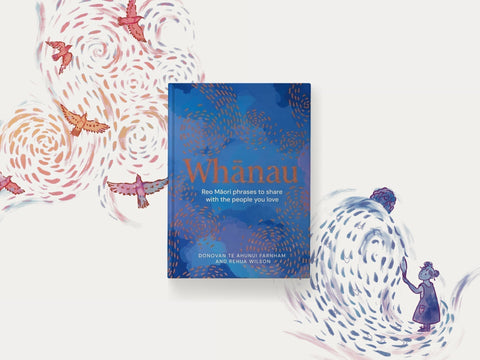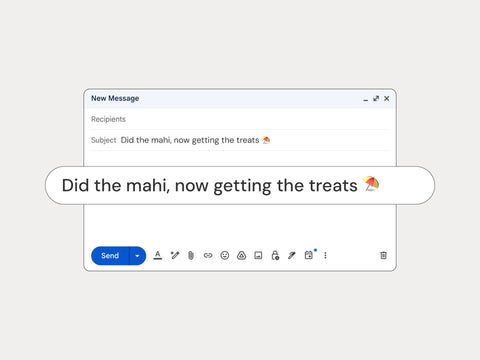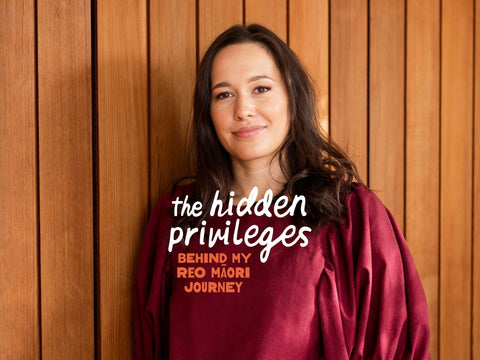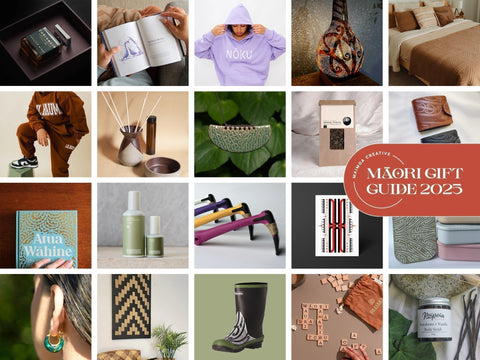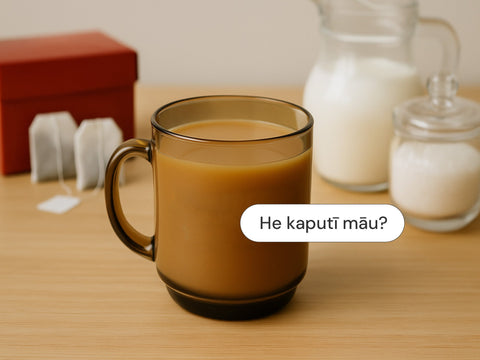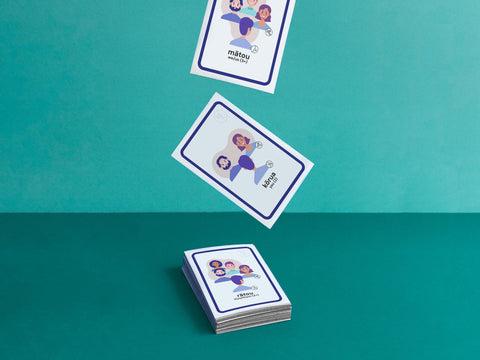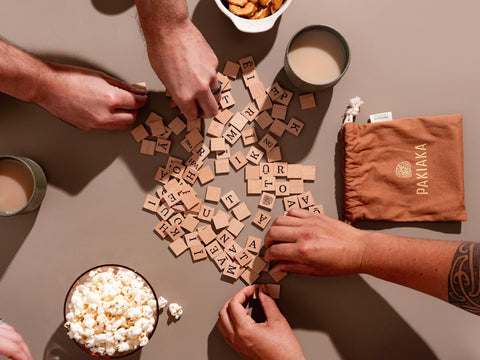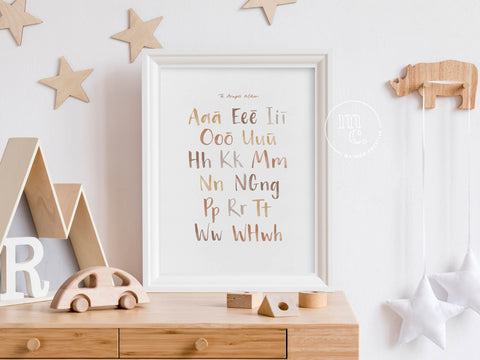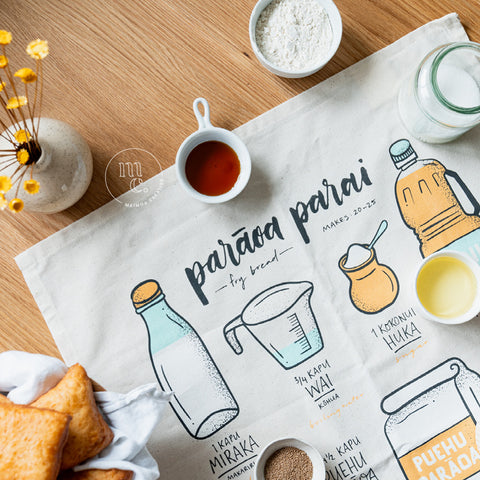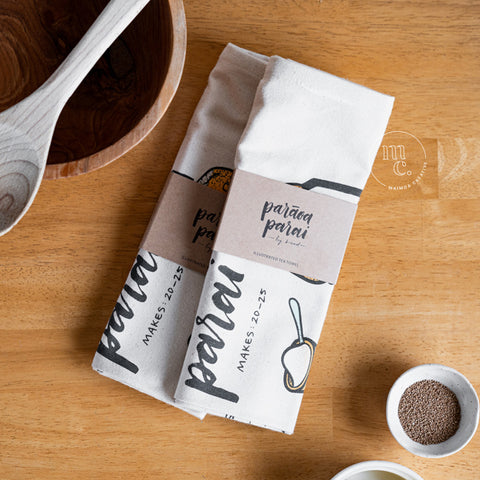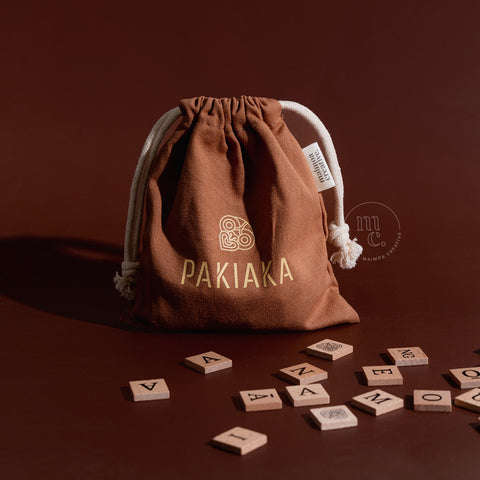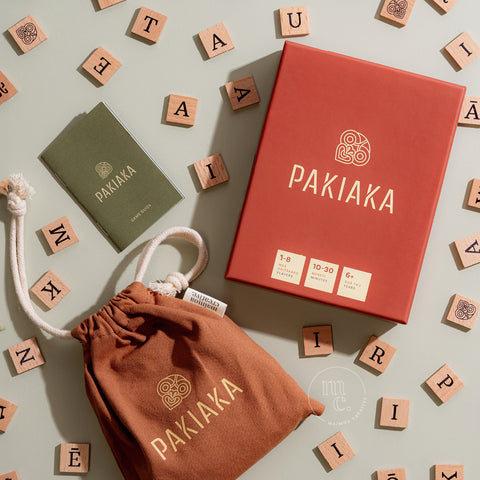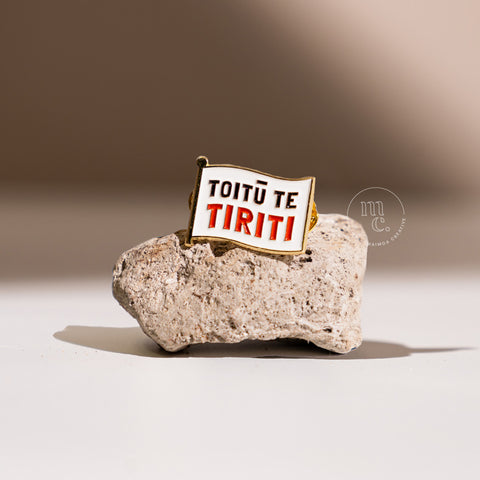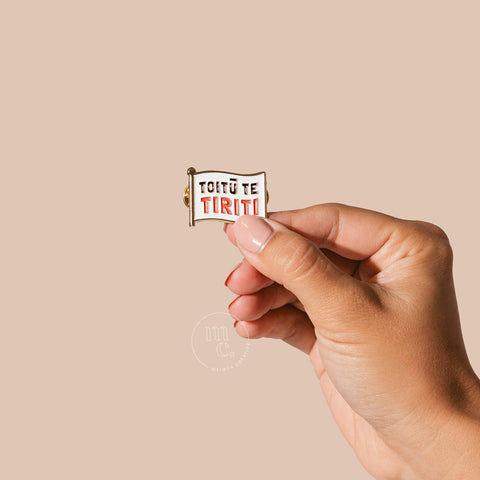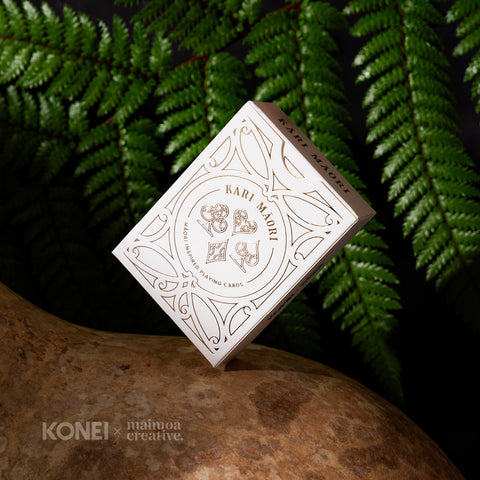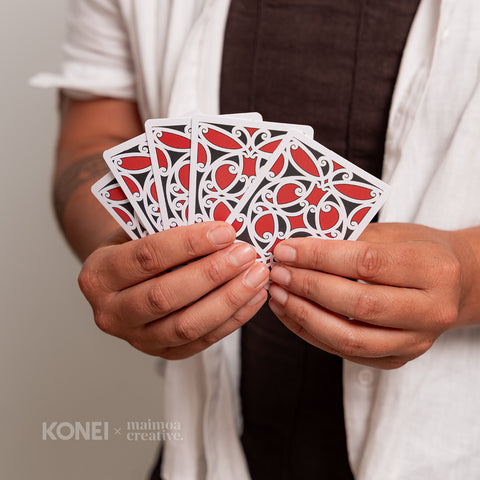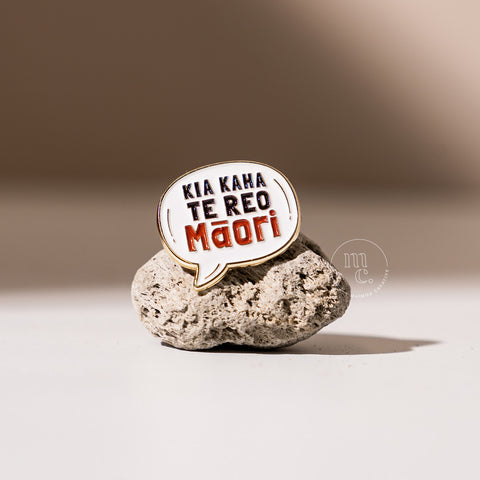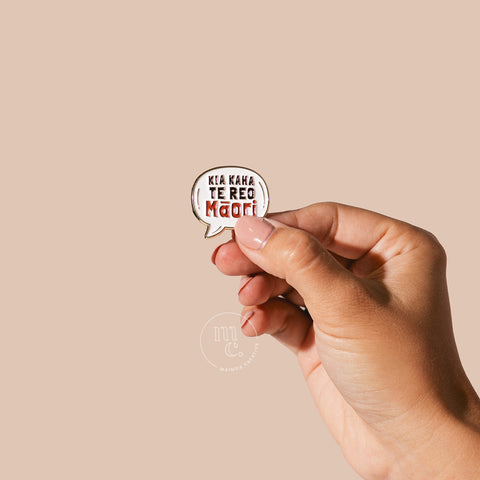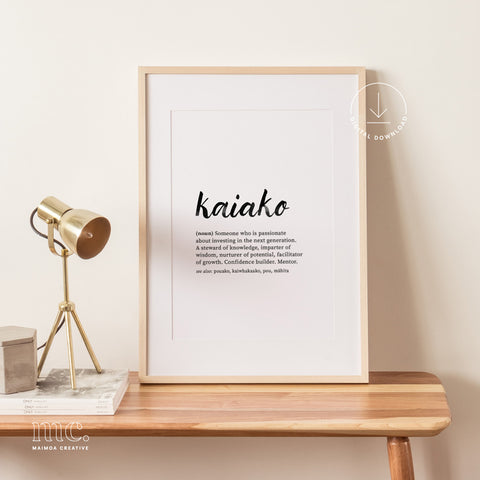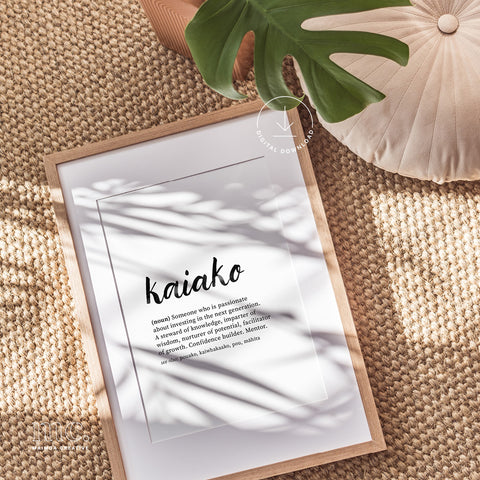Language isn’t just spoken — it’s lived, shared, and woven into the everyday moments that shape who we are. Whānau is an illustrated phrase book designed to help te reo Māori find its natural place at the heart of our homes — in the quiet, meaningful exchanges over a cuppa, the encouraging words to a tamaiti, or the laughter that bubbles around the kai table.
In this feature article, we go behind the pages of Whānau to hear directly from author Donovan Te Ahunui Farnham and illustrator Rehua Wilson, as they share the creative journey, inspirations, challenges, and hopes that shaped this special pukapuka.


Bringing 'Whānau' to Life: Insights from the Author
After 23 years working with tamariki and whānau, Donovan heard one question over and over: ‘Where do I start?’ This book is his humble offering to provide a starting point. "Each phrase was chosen as a doorway—simple, poetic expressions that open into deeper connections between parent and child, and between ourselves and te reo."
Donovan has drawn on a lifetime of lived experience in te ao Māori to shape this pukapuka, saying "My journey with te reo Māori is deeply rooted in te ao Māori—it’s not something I switch on or off, it’s just who I am."
When asked who he envisioned as the readers of 'Whānau', he responded, "I imagined it being held by someone on the couch with their child nestled in close, maybe whispered at bedtime, or shared around the table after kai." Whānau was written with the intention of being a taonga — not simply a book to be read, but a way for whānau to be and learn together. "My hope is that it creates space for beautiful, shared moments of learning, where both tamariki and adults feel safe, inspired, and uplifted by the language"

The main challenge mentioned by Donovan while writing the pukapuka was the selection process, and finding the balance between highlighting the poetic nature of te reo Māori, while keeping it beginner-friendly. "Our poetic reo is so deep, and I wanted to honour that while making it gentle and inviting," he shares.
Once that process had been refined, it was into the hands of an illustrator, designer and publisher to produce the taonga that it is. "Seeing Rehua’s illustrations breathe life into the words, and Aroha’s layout wrap it all together so beautifully—it’s been an absolute joy to see the kaupapa brought to life."

↑ Illustration development for: I wāu nei hoki | You poor thing

The pukapuka is organised into four thoughtful sections—Words of Aroha, Talking About Feelings, Encouraging the Whānau, and Celebrating and Supporting Whānau—to help readers weave te reo Māori into the everyday rhythms of home life. "My hope is that families will use the book like a companion—something they can pick up when they want to uplift, comfort, encourage, or simply connect in te reo Māori."
Through each page of beautiful expressions and illustrations, Whānau aims to bring te reo Māori back into the very heart of the home. "If we can make the reo part of everyday conversations—between parents and children, siblings, grandparents—then we’re not just revitalising it, we’re normalising it."

Breathing Colour into the Kupu: The Visual Journey of 'Whānau'
Rehua's artistic talent and eye for detail resulted in stunning illustrations that complimented each phrase. Every chapter has its own colour-way to reflect the emotional context of the phrase it holds. "I worked closely with Moa Press to find the right style, we tried a few different iterations and textures before settling on an illustrative approach that was soft, a bit whimsical but still grounded."
Rehua wanted the visuals to capture not just the surface meaning of the phrases, but the deeper emotional currents that flow through them. "I wanted to explore universal emotions, but ground them within Te Ao Māori," she shares. The choice of a soft watercolour palette was intentional, designed to be "in tune with the emotional layers of the phrases, allowing it to shift between light and heavy emotions." Many of the expressions within the pukapuka are rich with metaphor and dual meaning — something Rehua was mindful of bringing to life through her illustrations. "Te reo has this beautifully metaphorical quality, and these phrases have a duality of literal vs. intended meaning," she explains. In her creative approach, sometimes she "leaned into the literal," while other times it was the emotional tone that guided the brush.

↑ Illustration for: Kei māharahara | Don't worry
"My cultural background has influenced this book in a more internal, intuitive way," she reflects. Learning te reo Māori has been "a long and ongoing journey," for her, with visual storytelling providing a powerful channel for exploring her identity. Each illustration was created as "a kind of playful conversation, between cultural perception and lived identity," allowing both her experiences and cultural understanding to meet on the page.
Throughout the pukapuka, Rehua depicts "a visual representation of the emotional energy of each phrase," weaving together pattern and flow to guide the reader's emotional experience. "I wanted to weave a visual rhythm through each illustration, and this is also the same pattern work seen on the front cover," she explains. Each illustration carries "a kind of visual mauri, the life force running quietly through the work" — a subtle yet powerful presence that provides a seamless link between the kupu and what they represent.

↑ Illustration for: E ngākau whakapuke ana au | I am feeling enthusiastic
When asked which phrases were the most difficult to capture visually, she explains "Tē taea te pēhea — it can’t be helped, was definitely the trickiest. We went through a few rounds trying to capture that feeling. It’s a phrase that lives in a liminal space where it can mean resignation, peace, frustration, even subtle humour depending on the context. It’s not quite grief and not quite joy! It’s somewhere in between, and that makes it hard to pin down visually." In the end, she chose to illustrate a boy’s attempt to paint a masterpiece — but painting himself in the process. It was a scene that captured both effort and acceptance, even if, as Rehua admits, "still not sure I nailed it… but maybe that’s the point. Tē taea te pēhea!"
Working so closely with each phrase inevitably had a lasting impact on the illustrator. One expression, in particular, resonated quite strongly with her, "I really love 'Kua pau te hau'," she shares. "It’s so satisfying to say as well — it really feels like all your breath leaves your body when you say it, which is kind of the point. It perfectly captures that deep, visceral tiredness." Given her busy creative schedule, the phrase has inserted naturally in her everyday life. "I’m tired all the time because I say yes to so many projects! So it hits close to home," she shares.

More than just a book, Whānau is an invitation to reconnect, to uplift, and to embed te reo Māori into the everyday life of the kāinga. Through Donovan’s carefully chosen kupu and Rehua’s intuitive, heartfelt illustrations, Whānau becomes a trusted companion for those precious moments of learning, encouragement, challenges and love.
Purchase your own copy here.
Publishing Details
Design & Layout: Maimoa Creative

